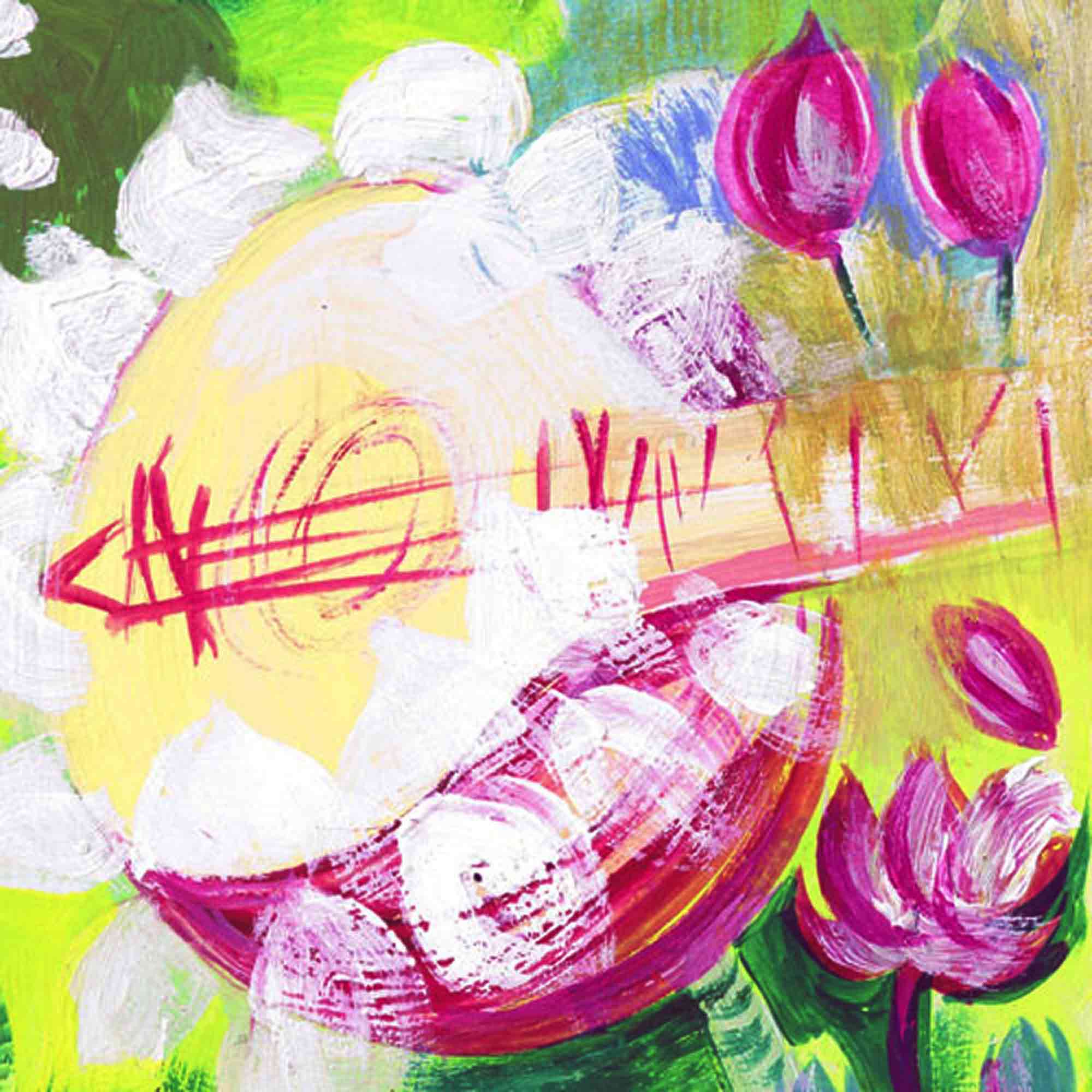Wederzijdse muzikale beïnvloeding suggereert een bepaalde harmonische richting, die in strijd zou zijn met de strikte wetten van de harmonieleer: een soepele en melodieuze combinatie van zelfstandige stemmen (contrapunt).
De muziek van onze tijd volgt deze wetten niet meer. Maar ook vroeger voelden meester componisten zich maar zelden aan vaste regels gebonden.
[ … ] Er is vast geen betere plek dan Israël om de onderlinge relaties tussen oosterse en westerse culturen te verkennen. Want daar komen drie krachtige stromingen bij elkaar: etnische groepen afkomstig uit Afrika, Azië en Europa. Ze geven een indruk van complexiteit en aantrekkingskracht, het resultaat van een wisselwerking tussen verschillende modellen. Daarom is dit boek meer dan een wetenschappelijk document, even actueel als boeiend, gebaseerd op eigen ervaring.
Europa heeft zijn wilskracht bijgedragen, en het vermogen om veel te synthetiseren wat zijn oorsprong in Azië heeft: van Mongolië in het noorden tot India in het zuiden, vervolgens in Hongarije verenigd in de muziek van de Magyaren en zigeuners [Sinti en Roma]. 1
[…] De opgave van onze tijd is een genuanceerd beeld van de onderlinge relaties door gebruik te maken van het vermogen waarover alle volkeren en culturen beschikken, namelijk de kracht om te geven en te nemen, van elkaar te leren; want we zullen elkaar altijd nodig hebben. Het vergt wel enige nederigheid om het best mogelijke te bereiken – en het ergste te voorkomen – in tijden van toenemende afhankelijkheid van elkaar. – Yehudi Menuhin (Londen, januari 1977) 2
Vrij vertaald uit: Musik zwischen Orient und Okzident: Eine Kulturgeschichte der Wechselbeziehungen von Peter Gradenwitz S. 390-392 | Details: http://www.worldcat.org/oclc/1046379134

Yehudi Menuhin in Unfinished Journey (London, 1978, p. 343)
- Toelichting voor de niet langer gebruikelijke, want denigrerende term “zigeuner” en de behoefte aan nuance, die pas na de publicatie van dit boek in 1977 tot verandering heeft geleid (hier vrij vertaald zoals volgt):
“Zigeuner is een stereotiep woord, alleen gebruikt door de meerderheid, maar wordt door de minderheid als discriminerend afgewezen; want deze minderheden noemden zichzelf altijd Sinti en Roma. Dankzij de Duitse burgerrechtenbeweging vanaf de eind jaren zeventig werd een bewustzijn gecreëerd wat vooroordelen en uitsluitingsmechanismen betreft die met het woord “zigeuner” verbonden zijn. [ … ] De termen Sinti en Roma zijn geenszins “politiek correcte” uitvindingen van de burgerrechtenbeweging maar al in documenten uit de 18e eeuw aantoonbaar. [ … ] Dus het woord zigeuner zegt meer over de fantasieën, angsten en verlangens van degenen die het gebruiken dan over het leven van de Sinti en Roma.
Meer informatie zie: https://zentralrat.sintiundroma.de/sinti-und-roma-zigeuner/
(Duitse en Engelse bronnen)
In Nederland ontbreekt het tot nu toe blijkbaar aan een gezamenlijk standpunt over belangenbehartiging van de verschillende gemeenschappen:
https://www.verwey-jonker.nl/wp-content/uploads/2020/10/318020_Verkennend-onderzoek-naar-centrale-Roma-Sinti_WEB.pdf
[↩] - “Humility is a quality often associated with self-deprecation. But by championing our achievements while also acknowledging our weaknesses, we could see benefits in many areas of our lives – and even increase our attractiveness.” – Introduction BBC podcast All in theMind (accessed 1 November 2023) [↩]



